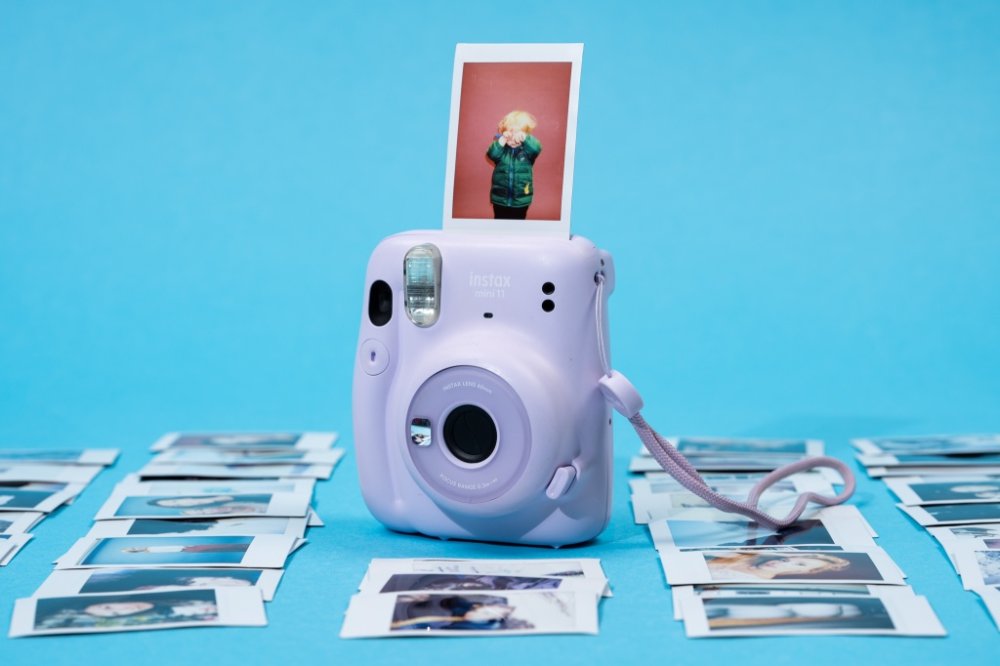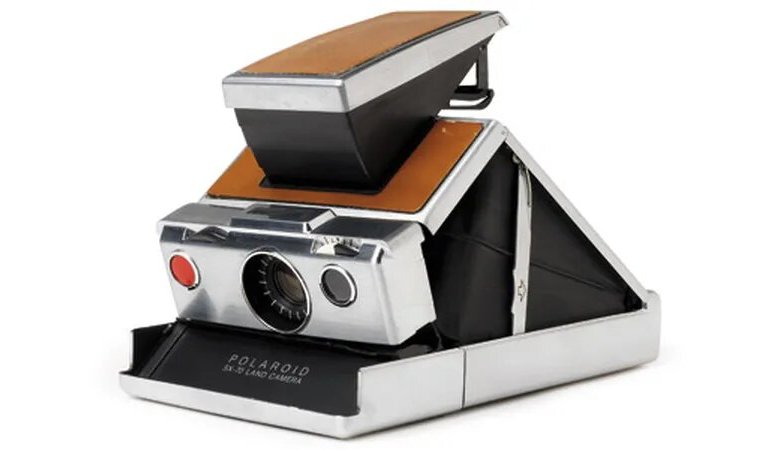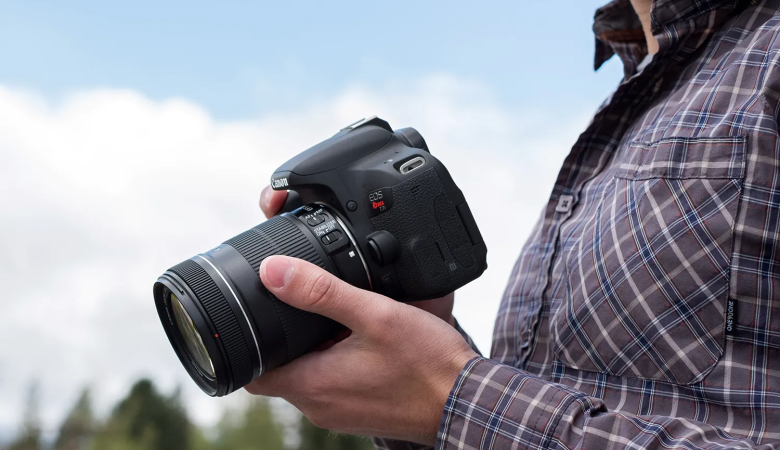Hey there, picture-taking pals! Ever wondered why those instant cameras are all the rage? Well, they’re like a time machine that sprinkles a bit of nostalgia into your photos. And guess what? They won’t make your wallet cry like digital cameras sometimes do!
Now, you might be thinking, “Wait a sec, aren’t digital cameras already ‘instant’?” You’re not wrong; you are a speedy thinker! But here’s the scoop: With an instant camera, you get an actual, real-life photo in your hands right away. Yep, like magic!
Imagine this: You snap a shot and bam! You’ve got a tangible treasure to high-five, stick on your fridge, or even hang up like a boss. Plus, these old-school wonders won’t break the bank, making them a budget-friendly option compared to their digital buddies.
Are you looking to buy the best instant camera? Here’s all you need to know before committing to one.
1. Type of Films
Polaroid and Fujifilm are the big players in the instant film market, but they don’t exactly play nice with each other. You won’t see them swapping film rolls anytime soon.
Now, within the same film family, take the Polaroid SX-70, for instance. It’s a versatile one – it can dance with both Polaroid 600 and 100 films. But, and this is the kicker, your camera needs a bit of a makeover to make the magic happen. Most of the time, though, it’s like a classic match: one camera, one type of film.
So, when you’re on the hunt for your trusty best instant camera sidekick, channel your inner detective. Get the scoop on the film it vibes with because not all instant snapshots are cut from the same cloth.
2. Subject of Your Shoot
Planning a group shot? Instax mini might come up a little short. Need to capture those up-close moments? You might want a camera with a close-up lens or a small focusing distance.
Now, let’s be real – there’s no one-size-fits-all answer here because photography is all about letting those creative juices flow. So, ask yourself: What will you be capturing the most? Find that sweet spot of truth within you.
Here’s a tip: usually, the fancier the camera moves, the more photographers fall head over heels (and the pricier it gets!). Take the legendary Polaroid SX-70, for example. It’s the most versatile instant camera there ever was.
3. Size of the Film
Just like shoes, cameras come in different sizes, too. And guess what? The film they munch on varies, too. Check out the sizes you’ll find in today’s instant cameras.
- Mini (3.4″ x 2.1″): This one’s as small as a debit card, super handy for your wallet. If you’re into that, Fujifilm Instax Mini’s your buddy.
- Wide (3.4″ x 4.2″): Now, if you’re all about big shots to cover your wall, this one’s a winner. Try the Fujifilm Instax Wide 300 for some wide-angle action.
- Square (3.4″ x 2.8″): Not the most popular size, but still cool. Some Fujifilm cameras and Lomography play in this field.
- Polaroid (4.2″ x 3.5″): Polaroid dances to its own tune with this size. Perfect for all kinds of shots – landscapes, portraits, you name it.
4. Location of the Shoot
Where you take your shot actually changes how it looks. And that’s not all – it also influences the gear you should pick. If you’re snapping away indoors, you’ll want a camera with a flash. And when the sun’s shining super bright, some cameras might need a thing called a neutral-density (ND) filter.
Fujifilm Instax ISO800 (high, sensitive to light: This one’s like a light magnet, so it’s ready for those dimmer spots.
Polaroid ISO600/640 (high, sensitive to light): Another light lover, perfect for indoor scenes or places where light’s doing its own thing.
Polaroid ISO100/125 (low, insensitive to light): This one’s a bit chill when it comes to light, great for times when things are pretty darn bright already.
5. Battery Life of the Camera
Similar to contemporary digital cameras, you’ll need to consider the duration of your camera’s usage.
Instant cameras, much like their digital counterparts, possess a finite lifespan, depleting after capturing a specific number of shots. Take the Polaroid OneStep Plus, for instance; equipped with an 1100 mAh rechargeable battery, it maintains operation for approximately 60 days.
The longevity of instant cameras can be attributed to their lack of power-hungry components, such as bright, high-resolution displays or intricate features that drain battery life.
6. Resale Value of the Camera
Taking a look at the potential future worth of your camera might be a smart move. Vintage models like the SX-70 tend to retain their value well due to their rarity and collectible status.
However, if you’re opting for a more playful instant camera like the Fuji Instax 8 or 9, don’t expect it to hold much value as time goes on.
Believe it or not, some folks view owning vintage Polaroids as an investment. The SX-70, for instance, has actually seen its prices climb consistently. In the last decade, the ordinary SX-70’s value has increased by 2-3 times.
7. Remote Functionality
Modern instant cameras offer the advantage of managing various photo elements through your smartphone.
For instance, if you were to invest in a Polaroid OneStep Plus, the companion mobile app empowers you to employ a timer for group shots, fine-tune aperture and ISO settings, explore creative light painting and double exposure techniques, and even enjoy a portrait mode feature.
Perfecting these functionalities requires a bit of practice, but that’s all part of the enjoyable learning process with instant cameras.
Conclusion
When you’re on the hunt for your very first instant camera, there are a bunch of things to think about.
If you’re all about those sweeping landscapes, the Fujifilm Instax Wide 300 is your go-to. But if vintage vibes are more your style, a Polaroid might be your perfect match.
The funny thing is, what might not work for one person can be a total win for another. So, weigh up all those factors that we’ve mentioned, and then get snapping with your new camera as often as you can.
Keep in mind those little quirks in your photos add that extra touch of uniqueness.






Leave a Reply